Baked Potato and Tuna – Easy, Tasty, Healthy
RECIPE : Baked Potato and Tuna
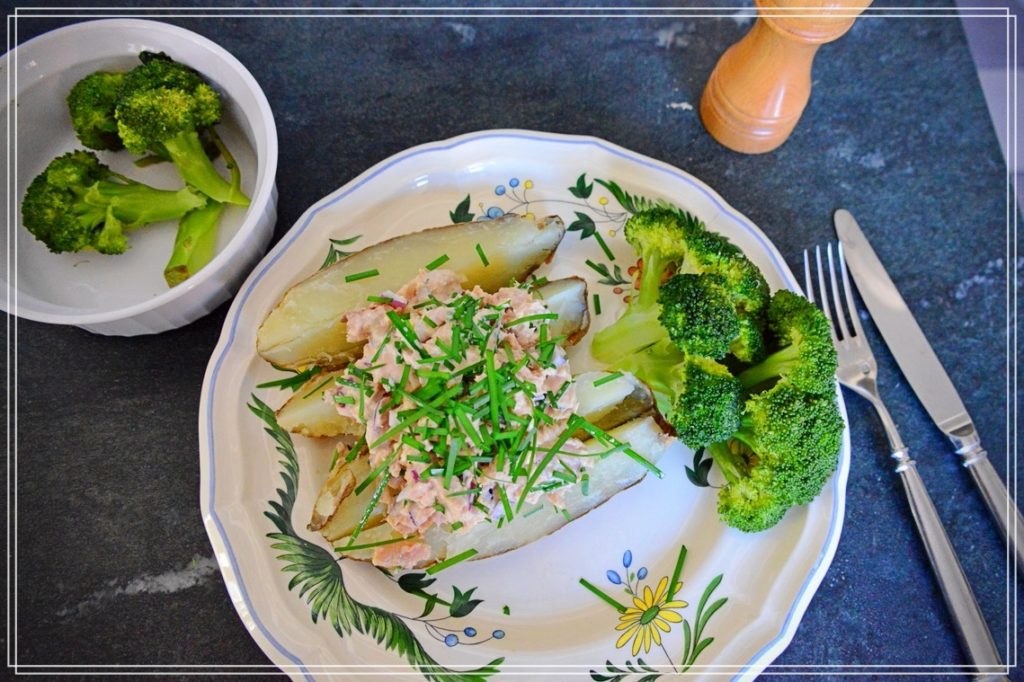
Baked potatoes might not be the fastest of fast food, but they are among the tastiest and simplest, and can be enhanced with any number of toppings. For a low fat, high protein, version it would be hard to beat a tuna and mayonnaise or tuna vinaigrette topping.
The only decision is which potato to use, and even that doesn’t really matter as long as you don’t use waxy round red potatoes, or new or fingerling potatoes. The higher starch yellow potatoes, and especially the rough-skinned Russets will work particularly well. You might see “baking potatoes” in the supermarket, but if not, Maris and King Edwards are a good option.
Ingredients
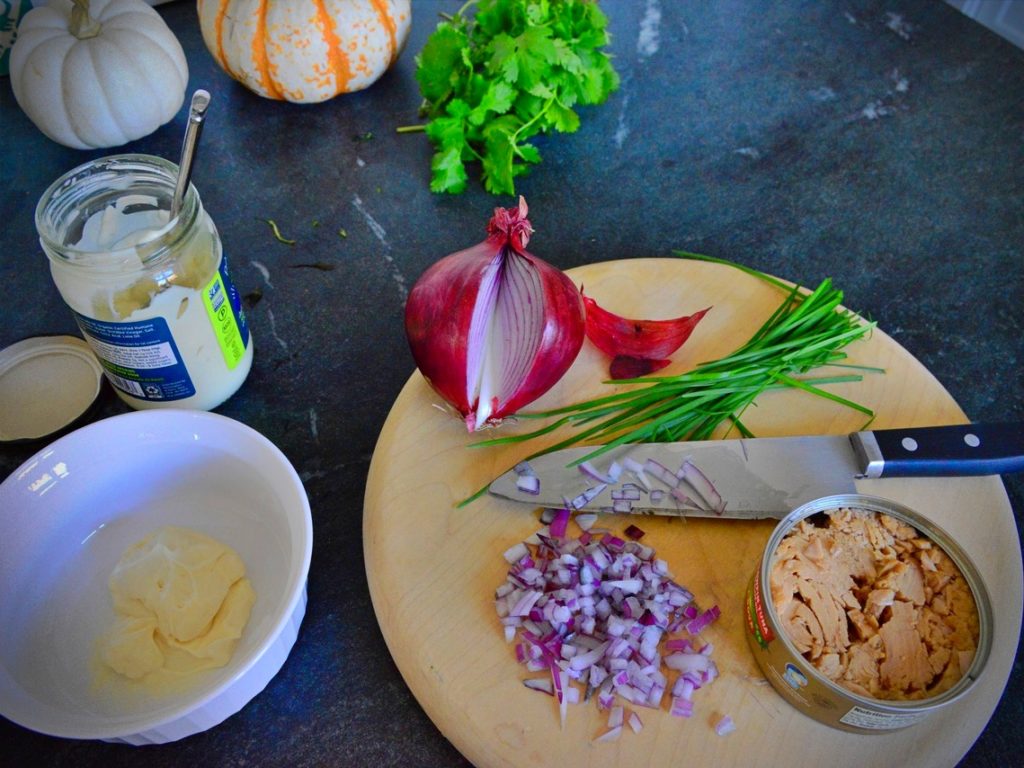
- One medium baking potato
- A small can of tuna
- A dessertspoonful of mayonnaise
- One green/salad/spring onion per person
- A small bunch of chives – if you have them
- A head of broccoli
Method
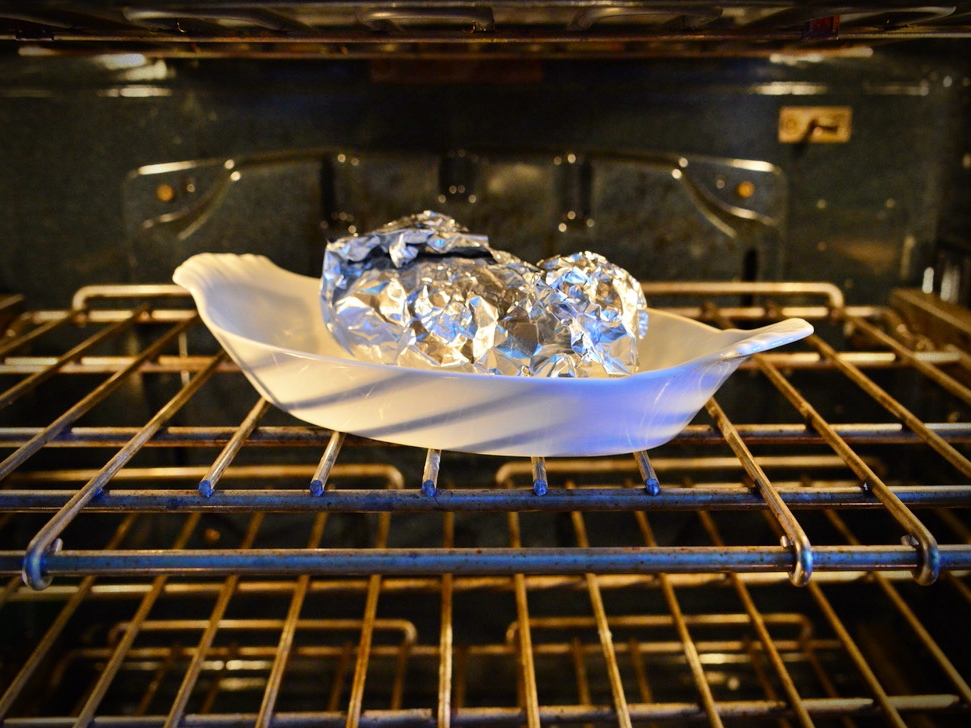
- Heat the oven to 400ºF (205ºC or gasmark 6).
- It’s optional, but you can lightly rub olive oil or equivalent into the potato skin. Put the potato on a baking tray. Wrapping them in foil can speed up cooking, but for a crisper skin you can strip the foil away after 45 minutes.
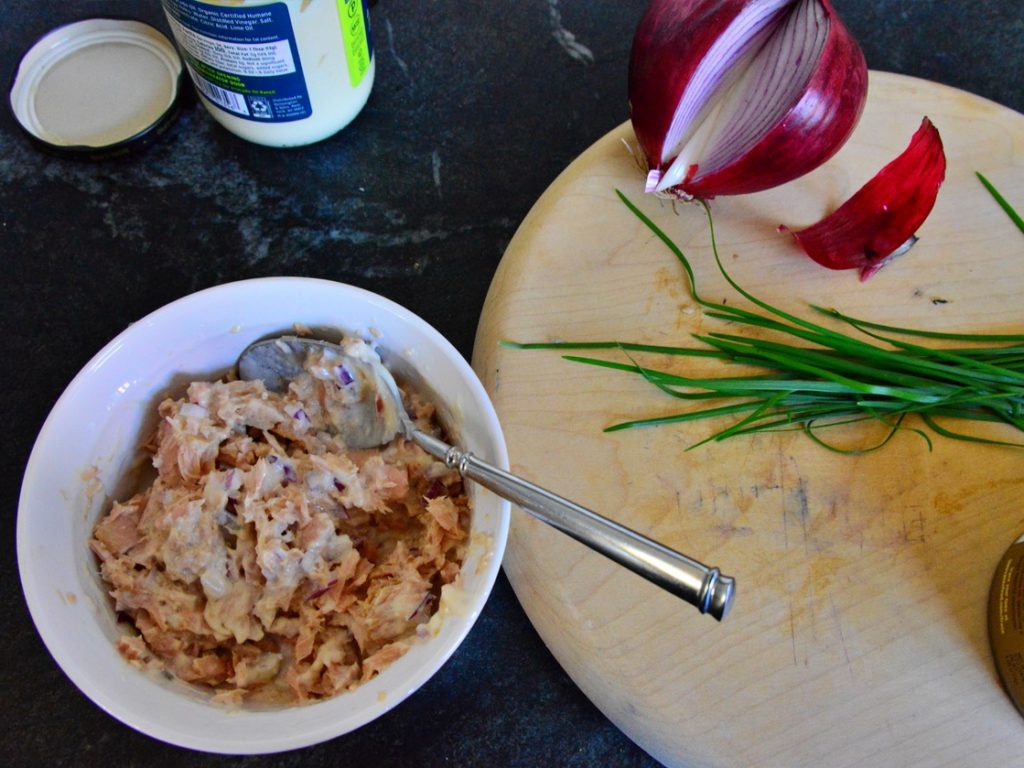
- Meanwhile, drain the water or oil in which the tuna was packed, and mix half a can per person with the mayonnaise.
- Chop the onion finely and add to the mixture.
- Cut the potato lengthways into quarters and top them with the tuna mixture.
- Add pepper and chives, but salt is unnecessary.
If you (sagely) decide to substitute vinaigrette for mayonnaise for an even healthier version, perhaps simply by adding some white wine or cider vinegar to oil, use the oil in which the tuna was packed. It will contain some of the long-chain omega-3 oils of the tuna (which tend to leach out into oil). They might be less depleted in water-packed tuna.
Steamed broccoli is an ideal accompaniment for jacket potato and tuna. Cut a head of broccoli into strips, each including a floret or two and length of stalk, rinse thoroughly in water, and steam for ten minutes or so, choosing how firm you like it to be by prodding it with a knife.
Steaming is a hugely better alternative to boiling for vegetables: it preserves more of the nutrient content of vegetables by leaching less of it into the water, and the vegetables look better after their experience in the steam.
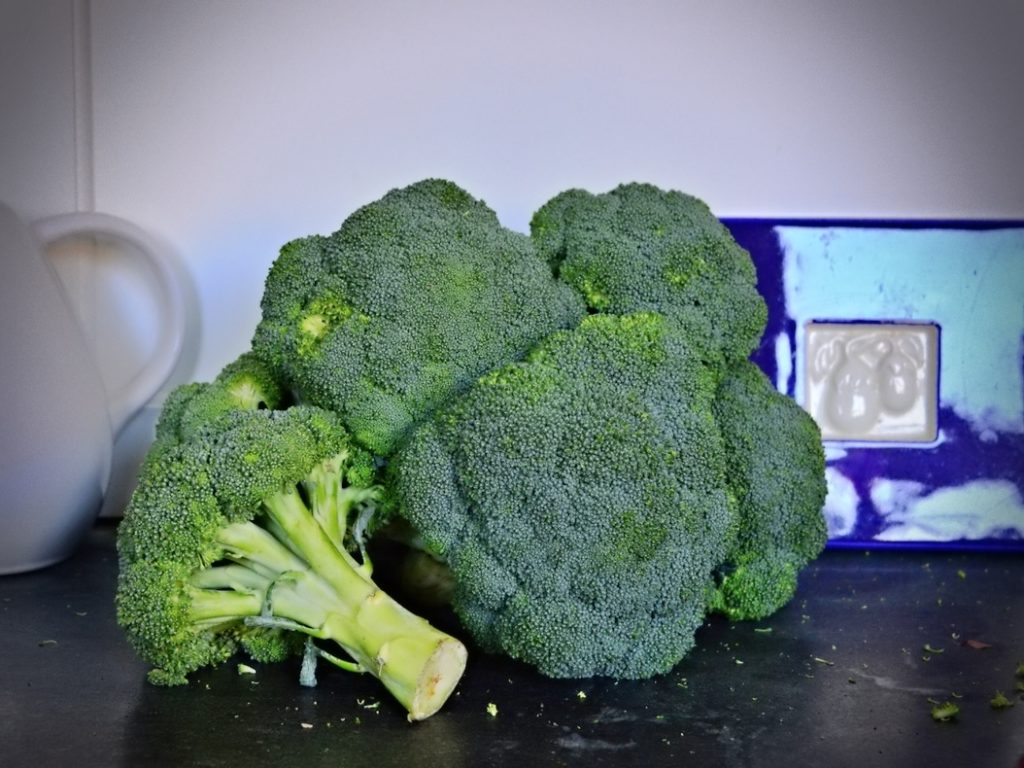
Note About Tuna Fisheries
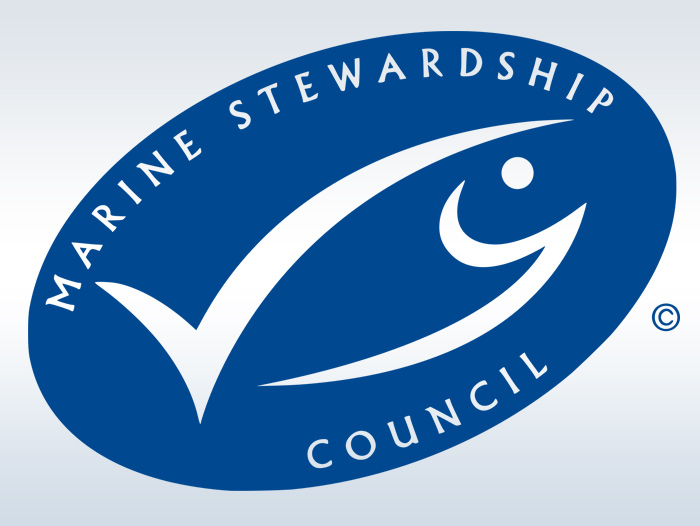
Much of the tuna canned tuna in supermarkets is caught using the purse seine method by which a circular net curtain is dropped into the sea and the bottom of it drawn inwards to trap the fish. When devices called fish aggregating devices (FADs) are used to attract fish by casting shadows in the water below them, the result can sometimes be a significant amount of bycatch, including sharks and sea turtles. The Marine Stewardship Council monitors the proper use of FADs before certifying tuna, and you might want to restrict the tuna you buy to cans bearing the MSC symbol.
You’ll occasionally see cans marked “FAD-free”, and another method avoiding by-catch is “pole-and-line caught”. Most canned tuna is not farmed, so “wild caught” has little significance.
What’s in it for my body?
1 Tuna is a valuable source of “complete” protein (containing all the essential amino acids we can’t make for ourselves and which are rarely included together in a single plant). It also contains largely healthy fats, including the bioactive long-chain omega 3 fats EPA and DHA that are largely confined to fish and krill. There’s been some concern about the levels of mercury that accumulate in these predatory fish, but the US government advises that tuna is safe to eat once or twice a week. The lighter (skipjack) tuna appears typically to contain slightly less mercury than the white (albacore) or yellowfin tuna.
2 Broccoli, as a cruciferous vegetable, contains a compound called isothiocyanate, a form of the phytochemical sulforaphane, which is anti-inflammatory and reduces oxidative stress in cells (helping to counter the damaging charged “free radicals” that are a natural by-product of burning food) in a way that’s thought to protect against cancer. Other antioxidant and anti-cancer compounds in broccoli include indole-3-carbinol, quercetin, and kaempferol. Like other green vegetables, broccoli is rich in carotenoids, including lutein, zeaxanthin and beta carotene which are essential for the health of eyes, especially the retina. It’s also a rich source of vitamins, including K, important for normal clotting of blood and keeping your bones well supplied with the calcium in your diet.
Broccoli is also a significant source of potassium – which helps to reduce blood pressure – as well as manganese, iron and the B-vitamin folate.
According to official guidelines, a “serving” of cooked broccoli is about half a cup – or about 75 grams. But even this small amount contains a significant amount of fiber, both soluble and insoluble. Only half of the carbohydrates in broccoli are digestible, so the rest feed a beneficial colony of anti-inflammatory bacteria, and keep the gut healthy by bulking out its contents.
3 Potatoes, tasty and satisfying though they are, don’t count as one of your servings of fruit and vegetables. But, especially when eaten with the skin, they contain a whole range of vitamins and minerals, and antioxidants such as flavonoids, phenols and carotenoids.
Potatoes are also another source of fiber for your microbiome, resistant starch, that our own enzymes can’t digest so which feed the bacteria in our guts. Starch is a way for animals to store sugar molecules by linking them together into long chains (amylose) or into chains forming branched structures (amylopectin). They form crystalline areas which therefore become inaccessible to our enzymes and possible only for bacteria to digest. Cooking potatoes (and other starchy foods such as rice and pasta) breaks down these long chains into a viscous solution, which, as it cools over time, creates larger crystalline areas, making more of the starch “resistant”.
It means that if you chill the cooked food overnight in the fridge, and either eat it cold, or reheat it the next day you can convert more of the starch you would otherwise have broken down and absorbed as calorific sugars into resistant starch your bacteria can turn into metabolites (breakdown products of food) such as short-chain fatty acids, which nurture the gut and act against body-wide inflammation and appetite. (See blog, Our Hundred Trillion Tiny Friends.)
If there is a downside to potatoes, it’s that they have a relatively high glycemic index, that is, they are quite quickly absorbed into the body prompting an insulin response. But it’s important to consider the GI of whole meals, and if you pair baked potato with tuna, its oil and the fat in mayonnaise, and with low GI vegetables such as broccoli, the effects will be far more modest. That’s especially true if you choose to increase the potatoes’ content of resistant starch!
Comments are closed.